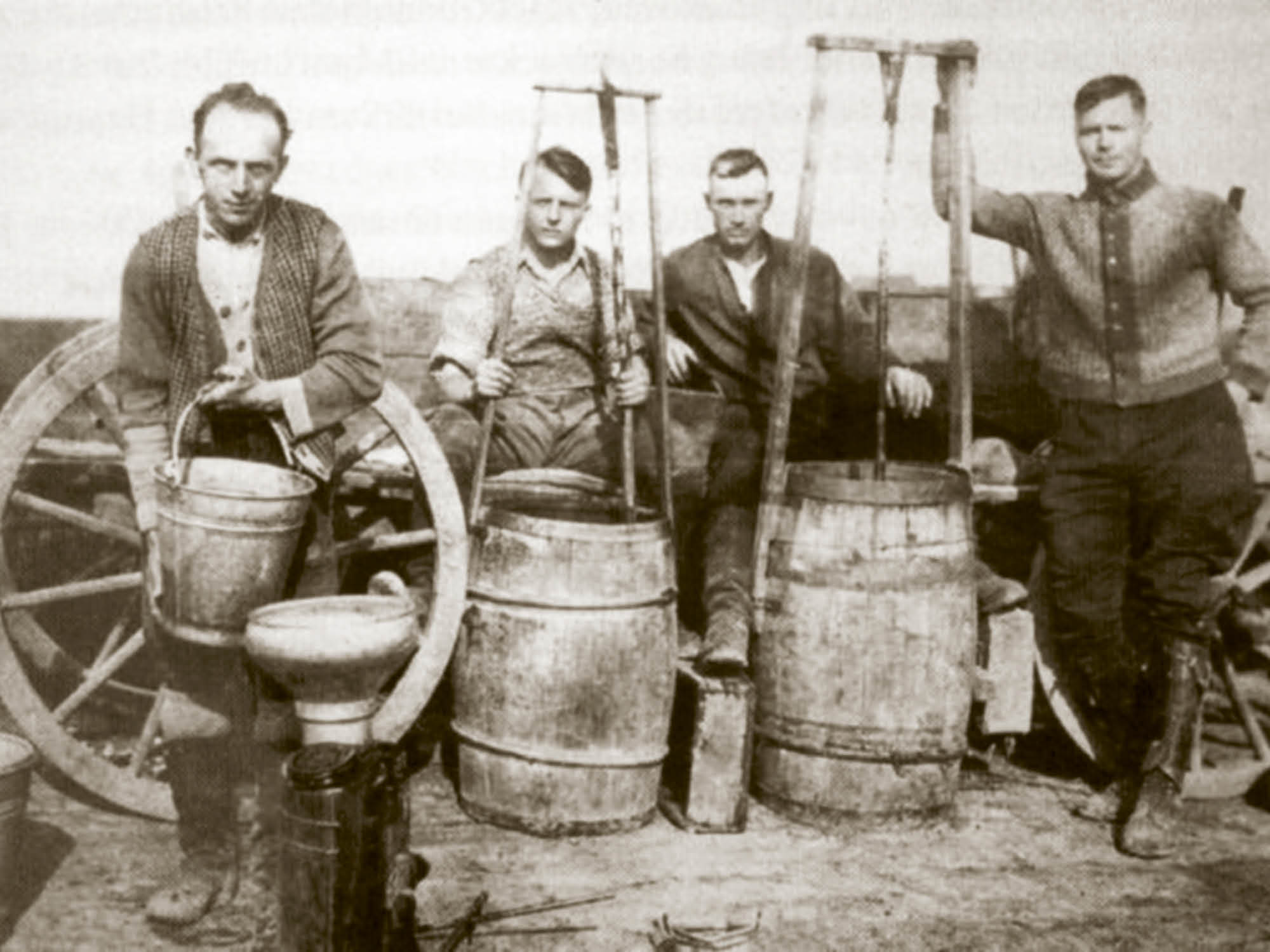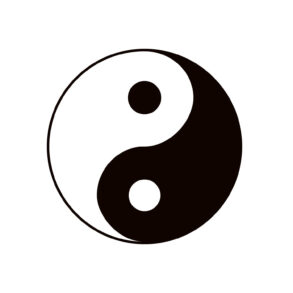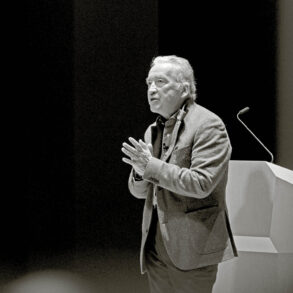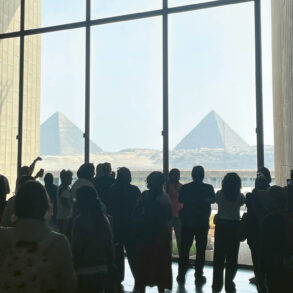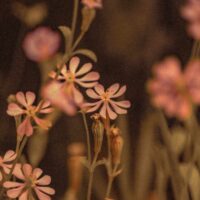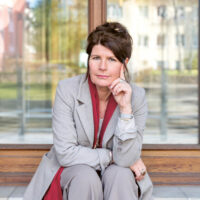What connections were there between biodynamic practitioners and Nazi organizations? What were their motivations for making certain decisions during the dictatorship? These questions are addressed in the study Die biodynamische Bewegung und Demeter in der NS-Zeit [The biodynamic movement and Demeter in the time of National Socialism] (2024). The study is now published as a book and was presented by the authors at the Topography of Terror Documentation Centre in Berlin.
The independent scientific team, consisting of Jens Ebert, Susanne zur Nieden, and Meggi Pieschel, presented their research results to over 160 interested people; the public event was moderated by historian Daniela Münkel. The project was commissioned by Demeter Germany, the Biodynamic Federation Demeter International, and the Section for Agriculture at the Goetheanum. These institutions financed the project along with support from three foundations: the Software AG Foundation, the Edith Maryon Foundation, and the Rudolf Steiner Fund.
A Differentiated Study on a Broad Database
In their study, the scientific team traces the history of biodynamics up to the early post-war period based on a broad range of sources. During the research, which began in 2020, the team was surprised by the amount of source material from the less than 2,000 people who were part of the biodynamic movement at the time. Among other materials, they examined more than 10,000 pages from the Nazi policing and surveillance agency, as well as documents from more than thirty other archives and estates. The three researchers look at ideological overlaps and forms of collaboration but also address “serious differences between the biodynamic and National Socialist movements as well as the various forms of resistance by adherents and functionaries,” as Daniela Münkel writes in the introduction. “This book brings more objectivity into the highly polarized, sometimes emotionalized debate on the subject and introduces new, well-sourced information into the discussion.”
The study traces how the members of the biodynamic associations decided to integrate into the Nazi state as early as the summer of 1933—the alternative would have been liquidation. During the National Socialist dictatorship, the biodynamic movement was able to grow initially until it was dissolved by the Gestapo in the summer of 1941. After that, however, some biodynamic specialists were recruited by the SS for their agricultural facilities, for example, at the Dachau concentration camp.
Collaborators from the Ranks of the Biodynamic Movement
At the time, Erhard Bartsch (1895–1960) managed the offices of the Research Group [Versuchsring] and the Demeter Agricultural Union [Wirtschaftsbund] as well as the monthly journal. With the founding of the Biodynamic Reich Association in 1933, the participants accepted the new conditions, the “Führer principle” was introduced, and Jews were excluded. The protection of the Führer’s deputy Rudolf Hess, a follower of biodynamic agriculture, led to institutional links with the Nazi state from 1934 onwards, without which organized biodynamic agriculture would probably not have been possible. The Biodynamic Reich Association was then banned in 1941, which marked the end of institutional cooperation. However, SS Reichsführer Himmler had six biodynamic specialists recruited by the SS to take part in biodynamic gardening experiments in the Dachau concentration camp: a case of collaboration. According to the study, the gardener Franz Lippert (1901–1949) was the only one to undergo denazification proceedings after 1945 and, like the majority of Germans, was exonerated.
It is true that the biodynamic and National Socialist movements emerged at the same time and shared similar views of the reform movement [Lebensreform] typical of the time, such as criticism of the increasing rationalization of life. However, as the study shows, the approaches of the two movements were very different: “We were also surprised that our text analysis of biodynamic writings, even in those texts that were explicitly addressed to Nazi authorities after 1933, did not contain any approval of the central Nazi ideological themes: anti-Semitism, racism, nationalism, imperialism, and the destruction of ‘unworthy’ life,” concluded the researchers.
International Movement With a Clear Position Against Extremism
Demeter Executive Board member Alexander Gerber expressly thanked the three authors and the five-member scientific advisory board for their intensive and fruitful work and emphasized: “As a biodynamic community, we are now able to talk at a scientific level and have differentiated answers and can also take a position as an association: As ideological descendants of the biodynamic leaders of that time, we take our responsibility seriously and distance ourselves from the active collaboration of some biodynamic practitioners, especially their involvement in the agricultural institutions of the SS in concentration camps. We also condemn the attempted ingratiation with the Nazi system and the exclusion of Jewish members from the Biodynamic Reich Association.”
“It is also clear that the opposite of racism is inherent in anthroposophy. Today, the statutes of the Demeter Association expressly distance themselves from right-wing extremism and racism. As a worldwide movement active in a wide variety of cultures and religions, we are firmly opposed to extremist and exclusionary thoughts or practices, in accordance with the cove value—to develop the individuality of the human being—of its foundation, anthroposophy,” says the Demeter Executive Board.
More Information
Book Jens Ebert, Susanne zur Nieden, and Meggi Pieschel, Die biodynamische Bewegung und Demeter in der NS-Zeit: Akteure, Verbindungen, Haltungen [The biodynamic movement and Demeter during the time of National Socialism: Participants, Connections, Approaches]. (Berlin: Metropol-Verlag, 2024).
Presentation Jens Ebert, Susanne zur Nieden, and Meggi Pieschel, “Die biodynamische Bewegung und Demeter in der NS-Zeit: Akteure, Verbindungen, Haltungen” [The biodynamic movement and Demeter during the time of National Socialism: Participants, connections, and approaches], Topographie des Terrors [Topography of Terror] (July 2, 2024).
Interview with the authors, “Biodynamisch in der NS-Zeit” [Biodynamics in the time of National Socialism], Lebendige Erde [Living Earth], no. 6 (2023): 46–48
Position Statement Demeter e.V. Germany; The Biodynamic Federation—Demeter International e.V.; The German Forschungsring e.V. for Biodynamic Agriculture; and The Goetheanum—Section for Agriculture, “The Biodynamic Movement stands for human rights, freedom of opinion, pluralism, and cosmopolitanism and clearly distances itself from extremism and anti-human aspirations,” (October 2020)
Position Statement Demeter Germany, “Demeter gegen Rechtsextremismus” [Demeter against right-wing extremism] (2024).
See also Sebastian Jüngel, “Opportunism served ‘to save the soil’,” Goetheanum Section for Agriculture (September 2, 2024)
Translation Joshua Kelberman
Image Agricultural co-workers on the Heynitz estate. The rights are held by the Heynitz family. Year and photographer unknown, ca. 1935.

